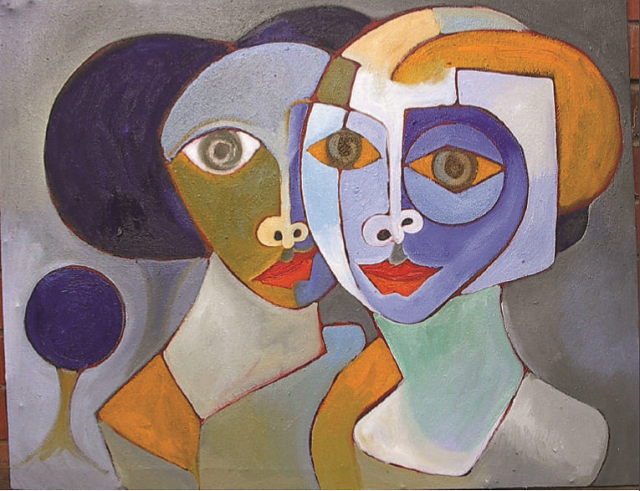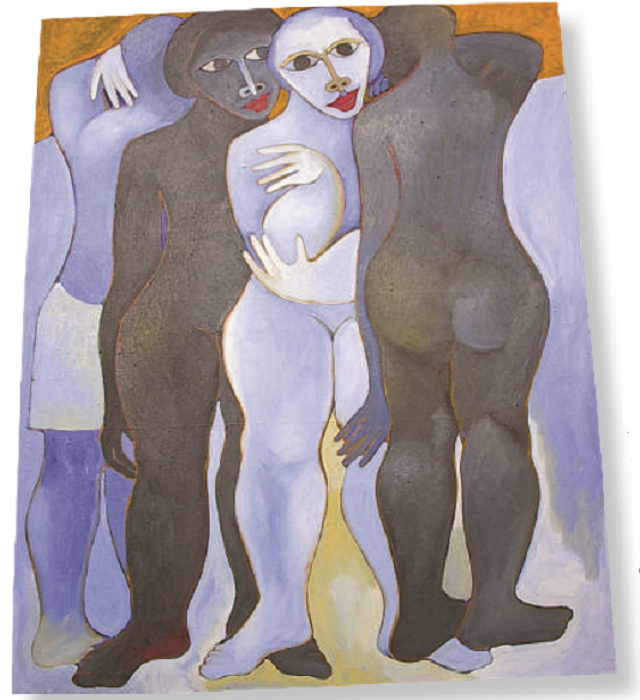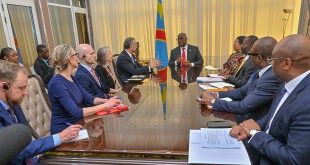
Breaking the norm, symbolism, and escapism
Critics are always praising works of art for being urgent, challenging, disturbing, and provocative and so forth. But is that what people actually want from the art? It is well known that most (visual) art produced nowadays exists almost entirely to allow the viewer to escape into another reality. Realism is not that prevalent anymore. It seems the vast amount of fantasy art available today shows that people have an immense desire for anything that gives them a “window to another world”. Some artists, especially those equipped with institutional academic knowledge incessantly argue that creativity doesn’t need that inherent desire to escape from the daily reality but it does help the creative process as it allows the artist to break free from conventions. And therein lies the dilemma for the audience.
Modern art has bestowed upon artists an infinity of possibilities that were unfathomable during the pre-modern age art production in Africa. Fidelity to nature (Realism or Naturalism) that was once the only viable option for artists in 19th century Europe has since been relegated to the dunghill of history. But the question remains what the idea behind all these symbolic ‘innovations’ is. Where does the line between symbolism, fantasy art and escapism lie?
It has frequently been argued that most of the artists that are stuck deep in symbolism and fantasy art are actually hiding behind their aesthetic inadequacies as a cover up. They are unable to muster the rigors of realistic expressions which usually requires a combination of talent and other technical abilities. Moreover, some of the great masters like Pablo Picasso veered off to other genres that they championed themselves, such as Cubism, but that was after exhaustively pursuing careers in Realistic art. It is not uncommon, however, to find Ugandan artists that can barely sketch a human form or nature exhibiting in top galleries under the banner of abstract or other art forms that are far from real.

Kizito Maria Kasule does not share that view. He has for long advocated for the departure from the mainstream through freedom of expression. He is an accomplished artist with a PhD obtained from an Irish university. Kizito’s penchant for symbolism, imagery and allegory is testament to a deep-seated poetic instinct. It is, in essence, a loud voice which he does not vent out using his mouth but rather employs his brushstrokes to do the job. He is no politician to stand on the podium and shout himself hoarse; no poet to recite his verse or musician to unleash his melodious lyrics; he is an artist who lets the pictures scream his message. He has done it before while attacking the current regime’s evils, especially on corruption or the wanton give-away by government of land and forests for investment. Looking at the artworks done since the year 2004, Kizito exhibits a repertoire of tools available at his disposal to drive his point. He employs the human figure as his principle object and manipulates the same to form countless expositions albeit in abstract form. Artists of Kizito’s ilk, mainly lecturers at the Makerere art school, not only practice the same but also preach it to their students. The fluidity latent in modern art is such that these controversies will always be a part of the narrative and will get even more intricate going forward. Partly it is because art is complex, as human beings are complex. Only in a completely crass view of culture is the realistic necessarily real, the contemporary necessarily urgent, and the historical or fantastic escapist. Art is an escape – but not a “mere” escape.
****
editor@independent.co.ug
 The Independent Uganda: You get the Truth we Pay the Price
The Independent Uganda: You get the Truth we Pay the Price



